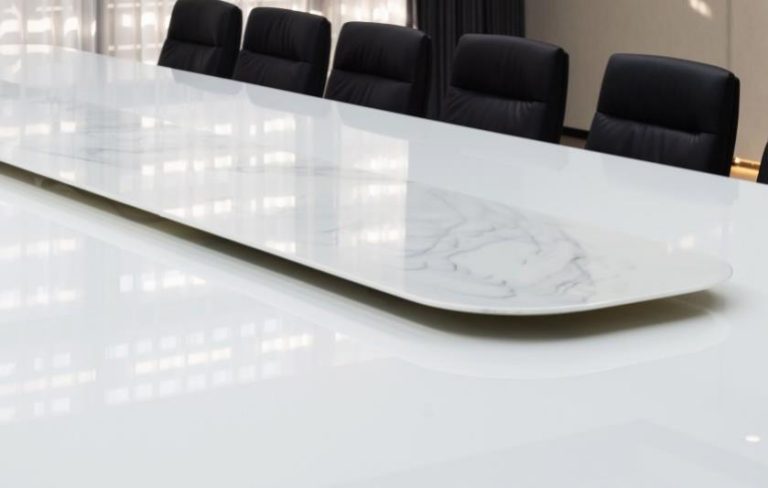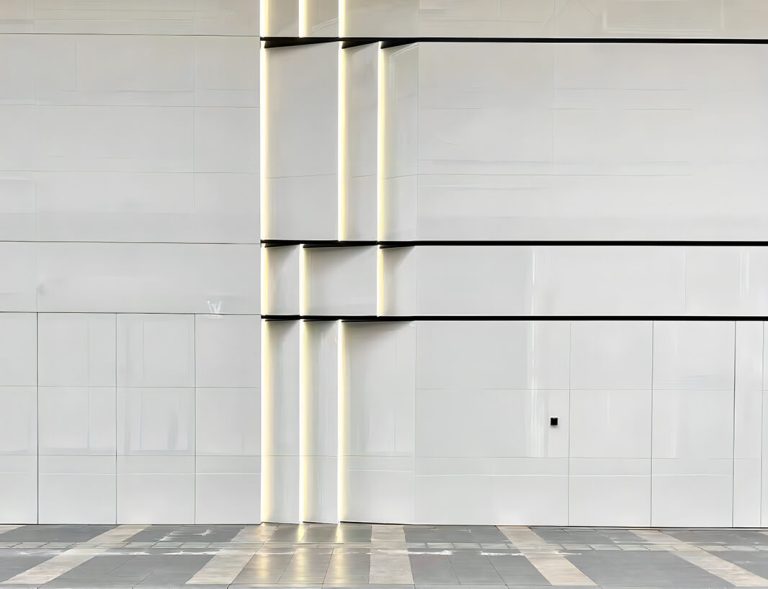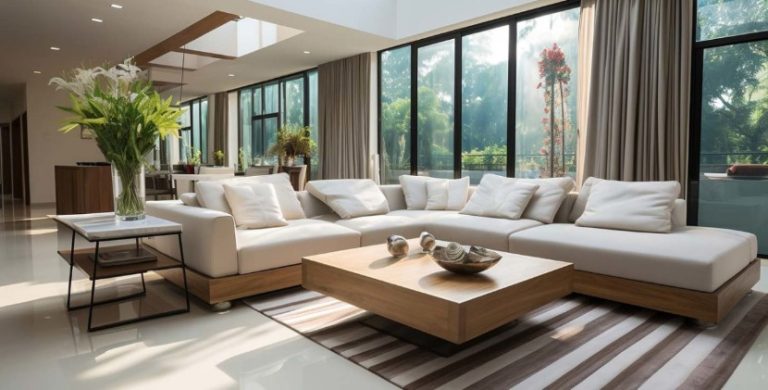We are proud to announce our participation in the 24th China Xiamen International Stone Fair, one of the most significant events in the global stone…
People are increasingly drawn to nano glass, also known as crystallized glass, due to its numerous advantageous properties that make it suitable for a wide range of applications in architecture, interior design, and beyond. The growing popularity of nano glass can be attributed to its exceptional durability, aesthetic versatility, ease of maintenance, hygienic properties, and environmental benefits. Here’s a closer look at why people like nano glass:

Exceptional Durability
1. Resistance to Scratches and Cracks: Nano glass is highly resistant to scratching, chipping, and cracking. This robustness makes it ideal for high-traffic areas and surfaces that experience heavy use, such as kitchen countertops, flooring, and commercial spaces. Its durability ensures a long lifespan, reducing the need for frequent replacements and repairs.
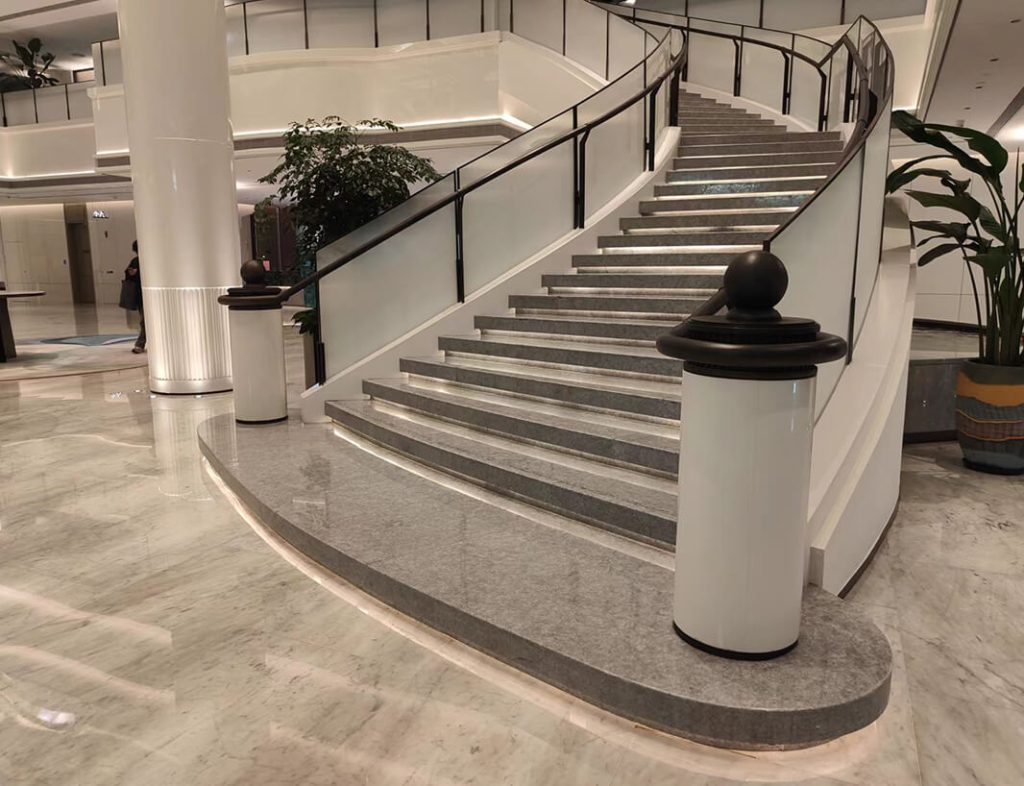
2. Thermal and Impact Resistance: Nano glass can withstand significant thermal changes and impact without losing its structural integrity. This property makes it suitable for both indoor and outdoor applications, where exposure to varying temperatures and physical stress is common.
Aesthetic Versatility
1. Consistent Appearance: Unlike natural stone, which can have significant variations in color and pattern, nano glass offers a consistent and uniform appearance. This consistency is appealing for contemporary designs that require a clean and cohesive look.
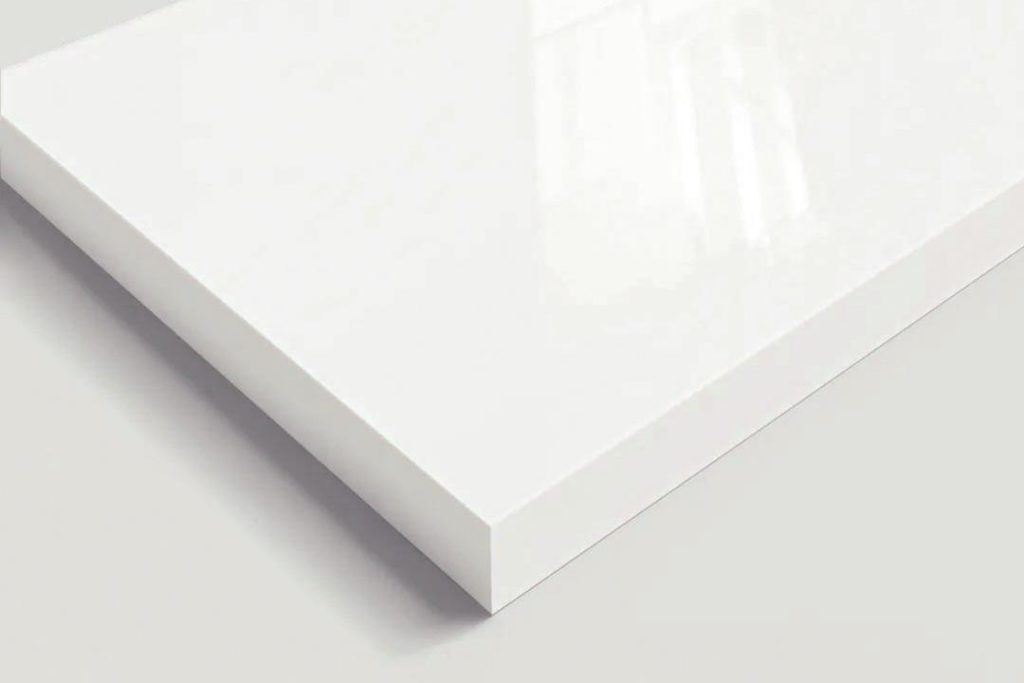
2. Variety of Colors and Finishes: Nano glass is available in a wide range of colors and finishes, from glossy to matte. This variety allows designers to customize the material to match different design schemes and aesthetic preferences, providing a modern and sophisticated look.
3. Mimicking Natural Stone: Nano glass can mimic the appearance of natural stone, such as marble and granite, providing the luxurious look of these materials without their inherent weaknesses. This ability to replicate natural stone adds to its aesthetic appeal.
Ease of Maintenance
1. Non-Porous Surface: The non-porous nature of nano glass makes it resistant to staining and easy to clean. Spills can be wiped away without fear of long-term damage, and regular household cleaners can be used without harming the surface.
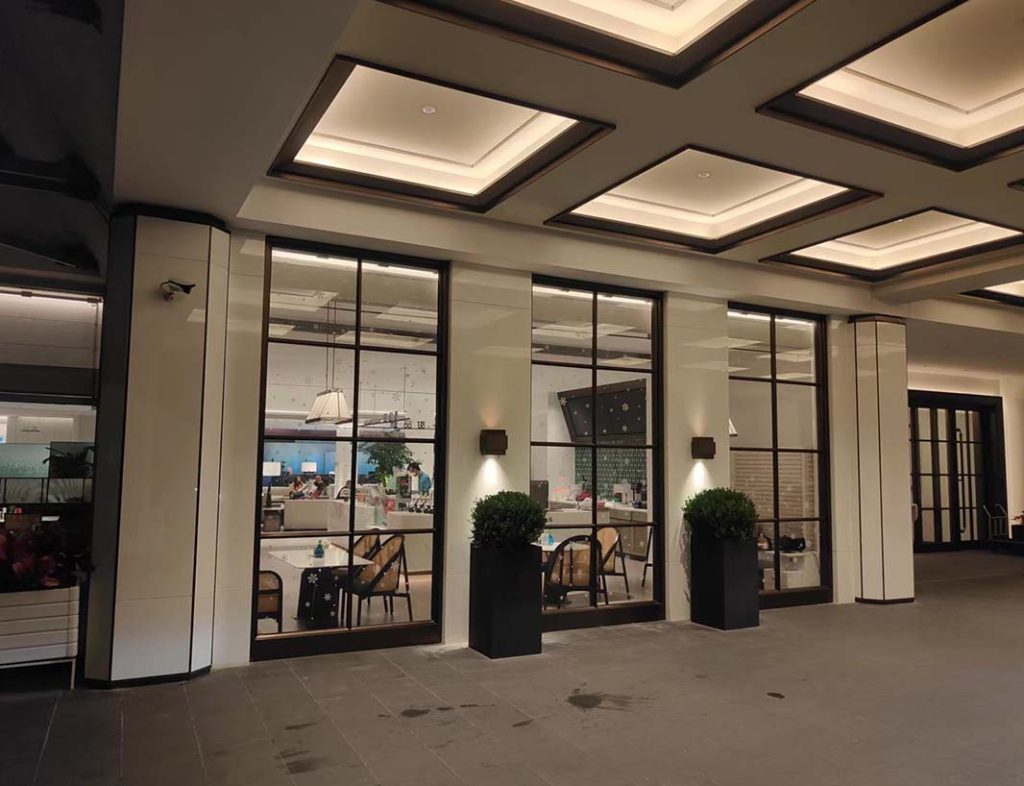
2. Low Maintenance Requirements: Nano glass does not require periodic sealing like natural stone. Its low maintenance demands make it a practical choice for busy households and commercial spaces where ease of upkeep is essential.
Hygienic Properties
1. Resistance to Bacteria and Mold: The non-porous surface of nano glass prevents the growth of bacteria, mold, and mildew, making it a hygienic choice for kitchens, bathrooms, and medical facilities. This property contributes to a cleaner and healthier environment.

Environmental Benefits
1. Sustainable Production: Nano glass is made from abundant natural materials, and its production process can be designed to minimize waste. Additionally, the material can be recycled at the end of its life cycle, reducing the demand for raw materials and lowering its environmental footprint.
2. Long Lifespan: The durability and long lifespan of nano glass reduce the need for frequent replacements, contributing to sustainability by minimizing waste and resource consumption over time.
Cost-Effectiveness
1. Long-Term Savings: While the initial cost of nano glass may be comparable to or slightly higher than some traditional materials, its long-term cost-effectiveness is evident. The durability, low maintenance requirements, and resistance to damage lead to savings over time, making it a valuable investment.
Conclusion
In summary, people are increasingly drawn to nano glass due to its combination of durability, aesthetic versatility, ease of maintenance, hygienic properties, and environmental benefits. These characteristics make nano glass an attractive and practical choice for a wide range of applications, from residential interiors to commercial and public spaces. Its ability to meet the demands of modern design and sustainability further solidifies its popularity among architects, designers, and homeowners alike.




